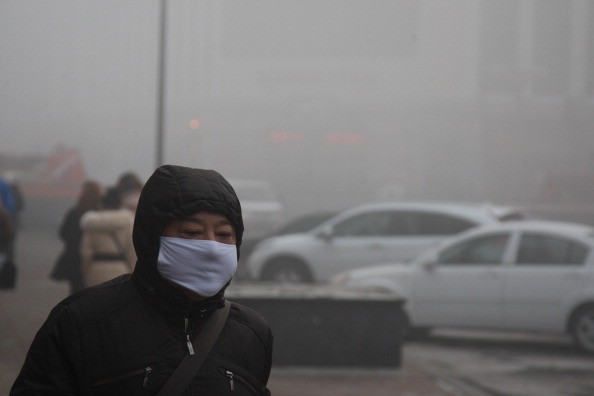
Air pollution spells bad omen for people who are recipients of transplanted lungs, according to a new European study.
During the international meet among European Respiratory Society members, University of Leuven's Dr David Ruttens shared that lung transplant recipients who lived in urban areas whose air pollution is more than what's recommended by the World Health Organization (WHO) have an increased mortality risk by as high as 10% than those who lived in rural places where pollution levels are lower. WHO suggests keeping the levels of PM10 particles, which are ones emitted by road vehicles, to no more than 20 mcg per cubic meter.
Although more than 45% of the recipients of lung transplants live for at least 5 years, this percentage is lower than that of other transplant recipients, and one of the common reasons is chronic rejection of the organ.
For the study, the Dr Ruttens and his team worked with the data of more than 5,000 lung transplant recipients across 10 countries in Europe between 1987 and 2012. They also used the follow-up information in 2013.
For further analysis, they focused on smoking, sex, age, and type and date of transplant of these patients, whether they are taking macrolides (medications given to control organ rejection or inflammation), among others. They also estimated the amount of exposure they had on PM10 particles based on their addresses and road density.
The team also collaborated with ESCAPE (environmental expert consortium) to effectively measure the concentrations of these particles annually according to the distance between the main roads and homes of these recipients.
The results of the study reveal that within the next 5 years of follow-up, around 47% of the recipients had chronic organ rejection while more than 43% of them died. At least 60% of the patients received macrolides, and around 37% did not. Chronic organ rejection was significantly higher than those who took the macrolides. However, the rate of death was far lower among those who had the drug than those who did not, which suggested the drug helped prevent death among transplant recipients.
Moreover, the researchers found an association between distance of the recipient's home to the main road and the rate of chronic organ rejection among the macrolide-free group, in which the mortality and chronic organ rejection risk is at least 11% for every increase of 100 meters of distance in 200, 500, and 1000 meter zones. This link is not present among those taking the macrolides.

